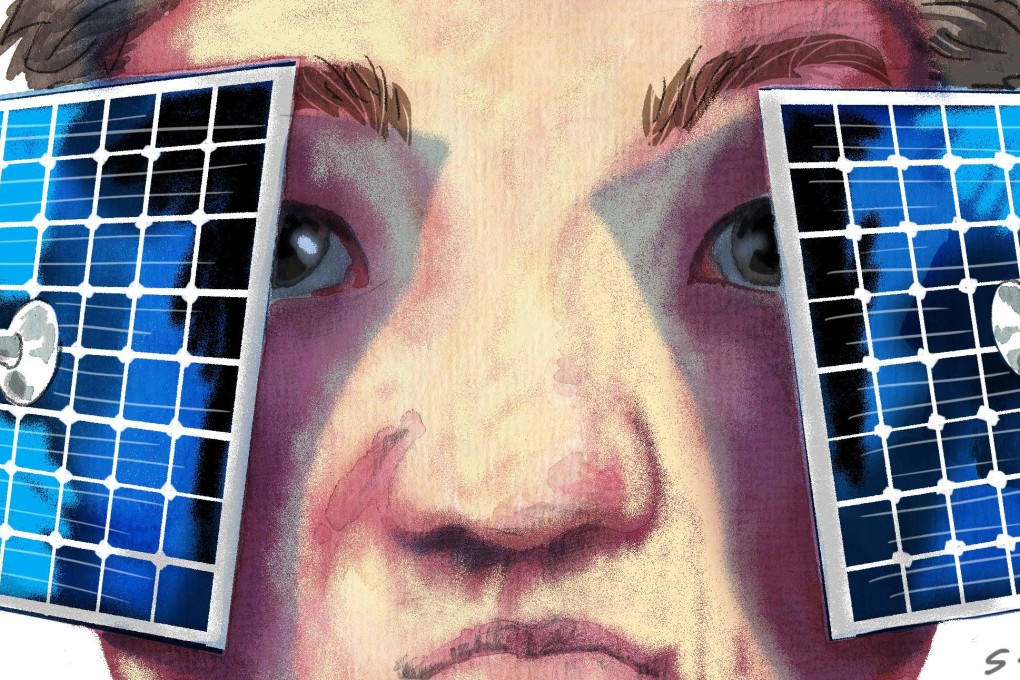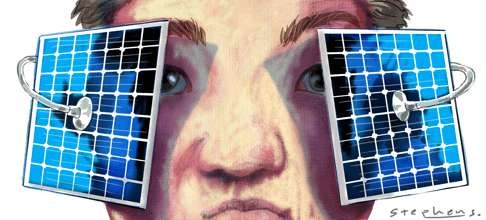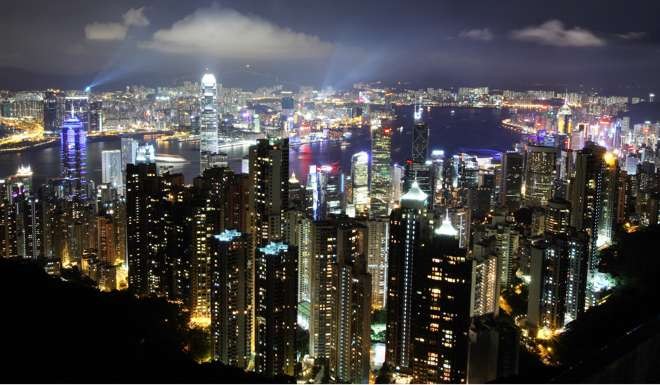Hong Kong needs a realistic vision in setting its power goals
John W. M. Cheng says the city must consider not only the lack of suitable land but also energy security, equity and environmental sustainability, as it works towards a low-carbon future


As global and local communities aspire and work towards a more sustainable and low-carbon future – and with a population of over 7.3 million living within only 1,105 sq km but consuming over 43 terawatt-hours of power in 2015 – what are the realistic options for Hong Kong when we look to 2030 or even 2050? Undoubtedly, our aspirations must be visionary and yet realistic.

Renewable energy – is it a ‘mission impossible’?
Wind and solar technologies have improved significantly in recent years in terms of cost and performance. Solar panels on land and rooftops are surging by the millions globally. Wind turbine technologies for land-based applications have also matured. The key question is, how viable is it to build solar and/or wind facilities in Hong Kong?
Based on wind and solar resources data from US space agency Nasa, and taking into consideration today’s commercially available technologies, the percentage of land area required to displace all local generation in 2015 would be 54 per cent for solar and up to 270 per cent for wind. Alternatively, if 5 per cent of local generation is to be displaced by solar, we will need about 30 sq km (roughly 2.7 per cent of land in Hong Kong or half of Sha Tin District) of unobstructed space.
While our land areas are scarce, we will have limited choice. This is one reason why gas-fired generation is considered a viable transitional option
Land requirement for power generation is measured by the power density, that is, how much power can be produced in a unit area (watts per square metre or W/m2) by a given generation means. Coal-fired power is around 1,400-2,500 W/m2, gas-fired power about 5,900-14,000 W/m2 and nuclear around 1,100-3,700 W/m2. Solar and wind generation are around 4-16 W/m2.
The numbers probably speak for themselves. With such orders of magnitude of difference, if we want local generation while our land areas are scarce, we will have limited choice. This is one reason why gas-fired generation is considered a viable transitional option, as its carbon dioxide emissions are about half those of a similar coal-fired facility and yet it has a power density higher than coal.